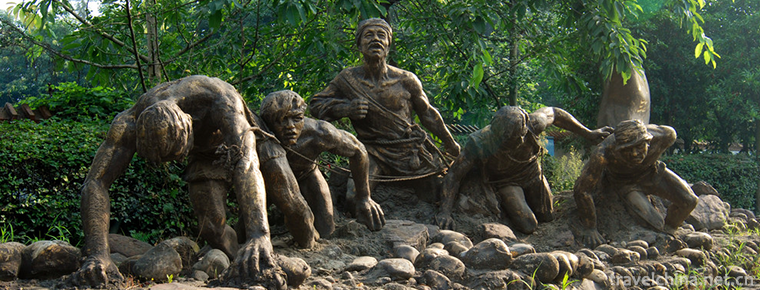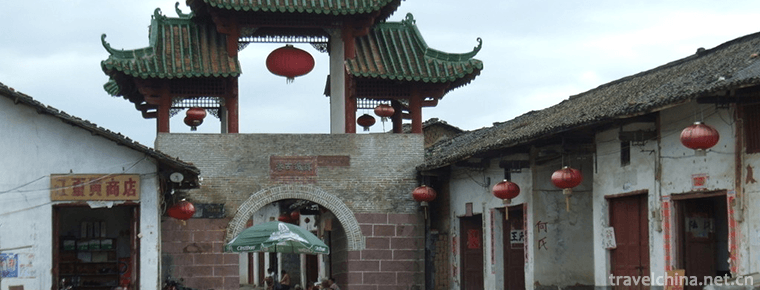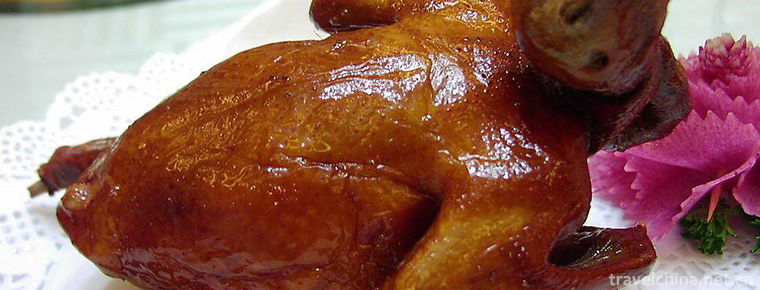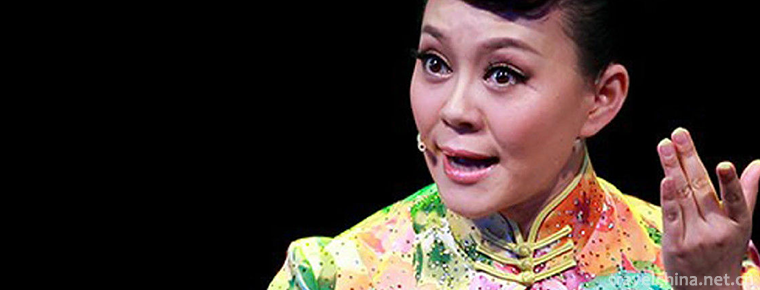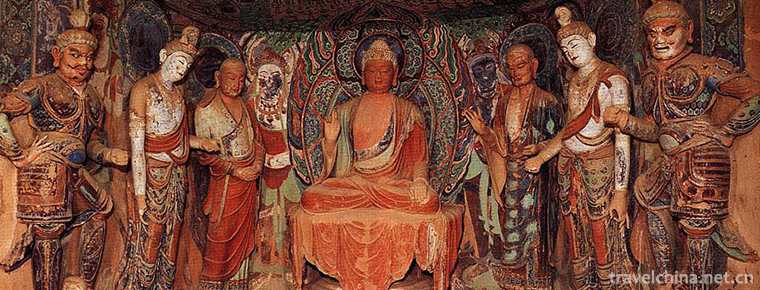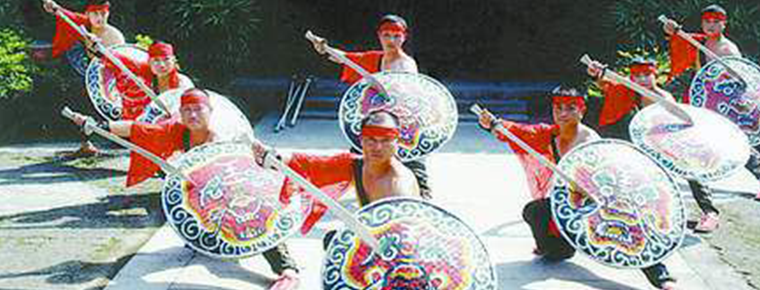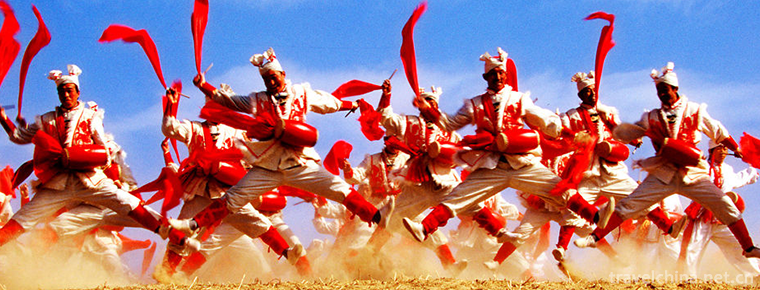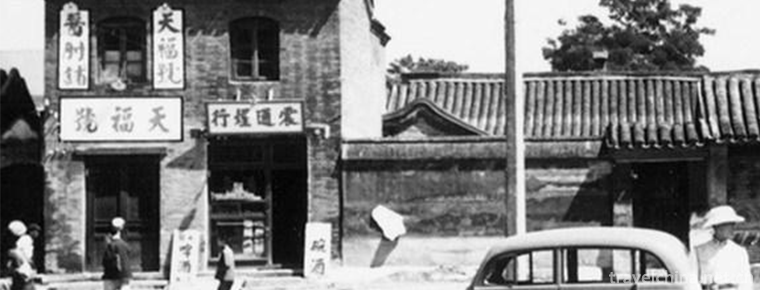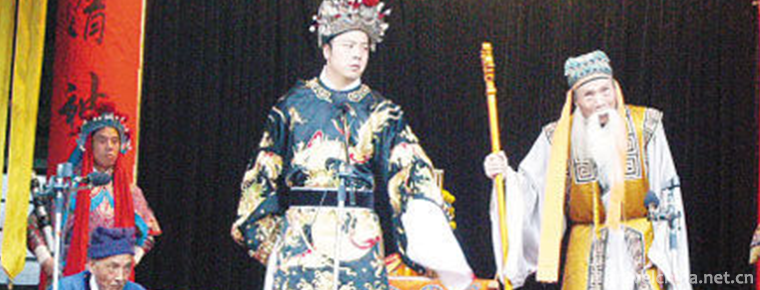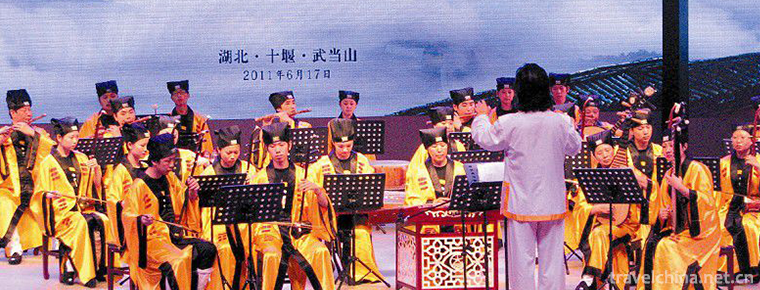cheongsam in the Republic of China
cheongsam in the Republic of China
Since 1840, the western culture has been infiltrated into the local culture of the Qing Dynasty. Many coastal cities, especially Shanghai, have taken the lead in western culture because of the mixture of Chinese and foreign cultures, and their clothing has begun to undergo potential changes.
Cheongsam, which was popular in 1920s, was shaped by the continuous improvement of Chinese traditional gowns and Western clothing styles absorbed by women in the Republic of China. At that time, there was no professional clothing research center, and the clothing styles changed from family to household, which were constantly changing under the influence of the fashion of the times.
From the 1920s to the end of the 1920s, the long and curved cheongsam has completely changed the style of Chinese women, such as the high and low waistband, which is suitable for Chinese women. Qingbu Qipao was the most popular among female students at that time. It spread quickly and was imitated by the whole country. It almost became a typical dress up of new Chinese women in the late 1920s. It is worth mentioning that at that time, the modern girls, socialites, movie stars, etc., who were leading the fashion trend at that time, made innovations in the style of cheongsam, which also promoted its development. Among them, the Yunchang fashion company founded in Shanghai by Tang Ying, a social flower, was the earliest. Since the 1930s, cheongsam has almost become the standard dress for Chinese women. It is worn by folk women, students, workers and wives of high officials and dignitaries. Cheongsam has even become a formal dress for social occasions and diplomatic activities. Later, Qipao also spread abroad, for other women to follow suit.
The 1930s and 1940s were the golden age of cheongsam and the most splendid period of modern Chinese women's wear. At that time, the cheongsam was slim and long, which was in line with the outline of women's clothing popular in Europe at that time. At this time, cheongsam has completely jumped out of the limitations of the flag girl's robe, and is a new style of "combining Chinese and Western". First of all, there was the saying of "other faction". The part of cheongsam is westernized, and the western style treatment is adopted outside the collar and sleeve, such as lotus leaf collar, western style lapel, lotus leaf sleeve, etc., or double lapels with left and right opening. Although these reforms were not widely used, they showed the freedom of people's thought at that time, and the original formula of cheongsam was no longer necessary to follow. The matching of cheongsam and Western style coat is also a characteristic of "other style school", which makes cheongsam enter the international clothing family and can be combined with a variety of modern clothing, which shows that it has been "internationalized and modernized". In the 1920s, cheongsam was still wide and straight; in response to the popular inverted sleeves, the lower hem of the cheongsam was relatively large, and the whole body was in the shape of "inverted big". However, the shoulder, chest and even waist have been fitted. Zhang Ailing said: "the cheongsam in the early days is cold and square, with the Puritan style." If this female writer who is good at observing and describing fashion refers to the 1920s, it must be her childhood impression.
"Improved cheongsam" appeared in the late 1930s. The cut method and structure of cheongsam are more westernized. The use of chest dart and waist dart is more suitable. At the same time, there are shoulder seams and sleeves, which make the shoulders and armpits fit. Some people also make a soft shoulder pad, called "beauty shoulder.". This shows that women are beginning to abandon the old ideal angle characterized by shoulder cutting. These changes in tailoring and structure were made in Shanghai. Mr. Jin Taijun, a descendant of Shanghai Hongxiang company, firmly believes in this. Although he did not personally experience the whole process, he could get a lot from his master when he worked in Hongxiang in the 1940s
News. At this time, the cheongsam was already mature and shaped, and the future cheongsam could no longer jump out of the basic shape determined by the 1930s, and could only make some changes in length, weight and decoration. Cheongsam, which is loved by women all over the world, is typical of Cheongsam in 1930s. The cheongsam in the 1930s was modeled on the Shanghai style cheongsam.
In the 1920s, influenced by Western costumes, the improved cheongsam gradually became popular among women. There are many styles of cheongsam, including long cheongsam, short cheongsam, clip cheongsam, single cheongsam, etc. In the 1930s, the improved cheongsam almost became the standard dress for Chinese women.
At this time, the fashion center had already moved from Suzhou and Yangzhou to Shanghai. Shanghai was also an important place for women to seek liberation. Missionaries, businessmen and revolutionaries set up women's schools, which set off a wave of women's rights movement. Looking for the social atmosphere of emancipation, it is necessary to clean up the old conventions and habits in dress up, tend to be simple, try to be elegant in color, and pay attention to reflect the natural beauty of women. Qipao was originally in the form of a vest, which was long enough to the back of the foot and was added to the short jacket. After changing the long vest into a sleeve style, it became the rudiment of the new cheongsam. It is said that Shanghai female students, who were the first in fashion, were the first figures of the popularity of cheongsam. At that time, female students, as the representatives of intellectual women, became the ideal image of the society. They were the symbol of civilization, the guide of fashion, and even the celebrities and fashionable figures all dressed up as female students.

cheongsam in the Republic of China
-
Lijiang River
The Lijiang River, a branch of the upper reaches of the Guijiang River
Views: 114 Time 2018-10-12 -
Shennong Creek Scenic Area
Shennongxi, originating from the main peak of Shennongjia, flows through Badong County, Hubei Province. It travels from north to south through deep mountain canyons, and converges into the Yangtze Riv
Views: 179 Time 2018-12-12 -
Luxi County Alu Ancient Cave Scenic Area
The Alu Gudong Scenic Area is located in southeastern Yunnan Province, 2 kilometers west of Luxi County Town, Honghe Prefecture, Yunnan Province. "Alu ancient cave" is a Yi language,
Views: 150 Time 2019-02-06 -
Pearl Lane
Zhuji Lane, located in Zhuji Village, Zhuji Town, Nanxiong City, Guangdong Province, covers an area of about 3 square kilometers. Zhuji Ancient Lane is one of the national 4A scenic spots and one of t
Views: 265 Time 2019-03-20 -
Eight treasures quail
Babao quail is a dish. Its main ingredient is pure quail, etc. Its ingredients are purple quail, lotus seed, etc. Its seasoning is peanut oil, salt, soy sauce and so on. It is made by deep-frying.
Views: 277 Time 2019-03-25 -
Henan Pendant
Henan pendant originated in Henan Province. It is a traditional form of folk art which is formed by the combination of Taoism, Yinggeliu and Sanxianshu, which are popular in Henan and Northern Anhui.
Views: 441 Time 2019-05-03 -
Clay sculpture
Clay sculpture, commonly known as "color sculpture" clay sculpture art, is an ancient and common folk art in Chinese folk tradition. That is to say, a kind of folk handicraft made of clay mo
Views: 158 Time 2019-06-07 -
Shaheteng Array
The rattan array is the only ancient combat technology in northern China. It has gone through hundreds of years since Ming Dynasty. Today, it only exists in Shilipu Village, Shahe City, Hebei Province
Views: 364 Time 2019-06-12 -
folk song of northern shaanxi
Northern Shaanxi folk song is a traditional folk song in northern Shaanxi, which can be divided into three categories: labor chant, Xintianyou and minor. Labor chants include tamping song, blockbuster
Views: 395 Time 2019-06-13 -
Manufacturing Techniques of Tianfu Sauce Elbow
Tianfu Sauce Meat Shop was founded in 1738, the third year of Qianlong in Qing Dynasty, when Shandong was in a severe drought and there was no grain harvest. Liu Fengxiang, a man from Yexian County, S
Views: 182 Time 2019-06-20 -
Lotus in Wenzhou
Wenzhou lotus is a local opera evolved from Wenzhou Taoism, and it is also one of the main operas in Zhejiang Province. It has spread to Wenzhou (including the counties under its jurisdiction) and par
Views: 124 Time 2019-06-28 -
Wudang Mountain Palace Viewing Taoist Music
Wudang Mountain Palace Taoist Music is the product of the combination of excellent traditional folk culture in Qinba area of Hubei Province and court music from Tang Dynasty to Ming Dynasty. It is the
Views: 252 Time 2019-06-30

